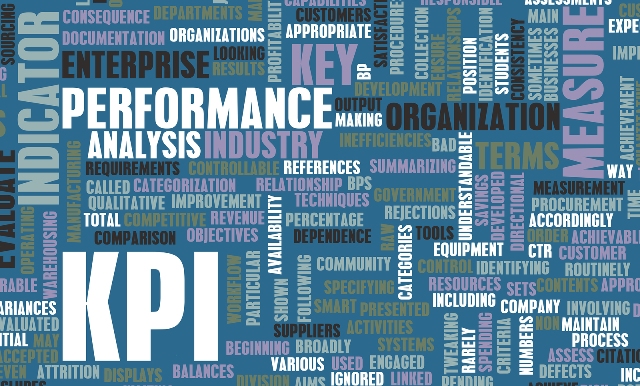Management of fraud and fraud-related activities such as corruption are a major concern for businesses in the region. The challenges facing the regulatory and operational environment in the Consumer and Industrial Products and Services (CIPS) sector, particularly in Kenya, have significantly evolved over the years with more players coming into the market.
Similarly, economic crimes have evolved in both sophistication and impact and these trends are threatening the survival of major businesses in the region. Data analytics is, therefore, an important part of proactive fraud risk management.
Many organizations are at risk of fraud and vulnerable to its impact, which could include loss of goodwill, reputation and customer and regulator relations. All these may have an impact on a brand’s value. Organizations should therefore always be conscious of the constant threats of fraud, whether perpetrated internally or by other business partners such as suppliers and customers.
Data analytics may help organizations tackle this ever-evolving threat. Leveraging data analytics may help organisations track compliance to regulatory frameworks on major economic issues such as corruption, money-laundering and competition on both the global and local levels.
How can data analytics help?
Indicators of potential fraud or corruption lie within an organization’s financial, operational and transactional data. However, these data records are held in dissimilar applications and data sources and it would require tracking a specific transaction across different applications and systems to effectively test and monitor controls.
Current internal control systems have inherent weaknesses in their inability to match these data records and this has enabled fraudsters to thrive without being detected. This has made the fraudsters bolder with higher losses being reported over time.
Incentive to commit fraud
The incentive to commit fraud revolves around life challenges such as the need to achieve certain financial goals or certain personal pressure. The employees would be looking for a way to solve the problems they could be facing. Data analytics may assist in identifying potential indicators to underlying incentives that may lead employees to commit fraudulent acts. Some of these indicators may include: significant deductions towards personal debts on employee payslips; inability to meet performance targets or general under performance.
What more needs to be done
Most organizations are reactive in their approaches to fraud risk management. Data analytics can help to detect fraud earlier and to augment existing fraud prevention programmes. However, other proactive approaches such as having a fraud risk management strategy and conducting periodic fraud risk assessments to identify vulnerabilities in internal controls are equally critical.
Adopting a Fraud Risk Management Strategy that would address recurring risks is key with the strategies detailing how reports on possible fraudulent activities are received and handled. Data analytics would significantly boost the reporting cycle that has previously and primarily relied on anonymous tips and/or mere chance detections through
Data analytics would significantly boost the reporting cycle that has previously and primarily relied on anonymous tips and/or mere chance detections through generation of internal management alerts. To ensure the efficacy of these strategies, management should take the overall responsibility and ensure employee awareness and commitment to fraud prevention, detection and deterrence. This can be achieved through Fraud Awareness Training.
In conclusion, early detection and prevention form the basis of an effective fraud risk management programme. Data analytics compounded with periodic fraud risk assessments may assist in identifying vulnerabilities before they become a catalyst for economic crime. It is the ultimate responsibility of the Board, however, to set the ‘tone at the top’ and ensure that an organisation develops and implements a comprehensive fraud risk management programme.
Johnstone Masila is a consultant with PwC Kenya’s Business Recovery Services practice.



































